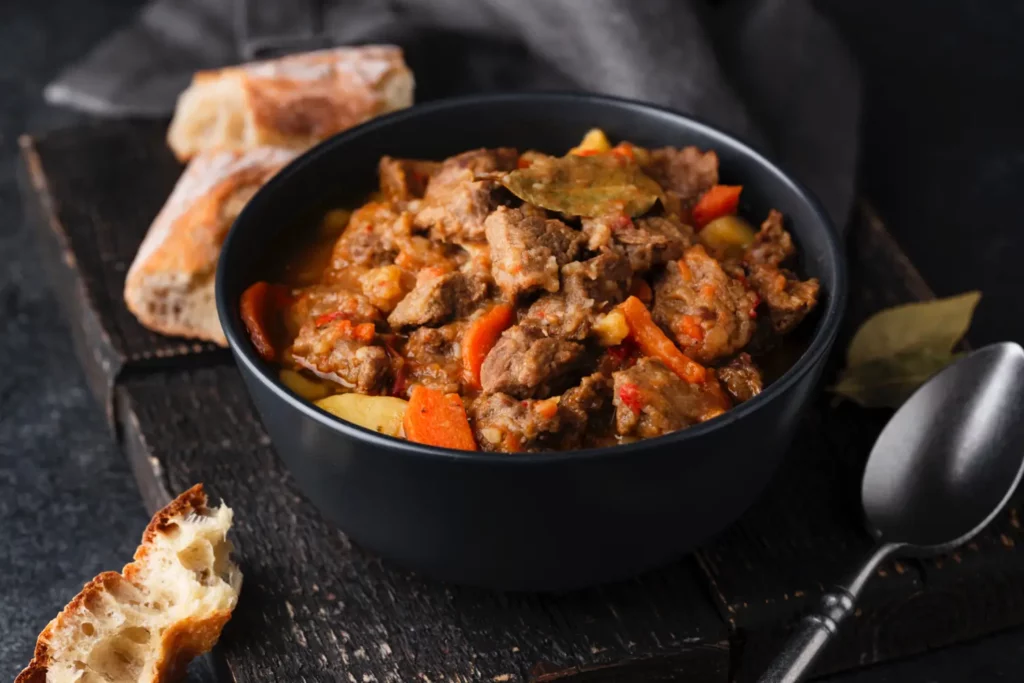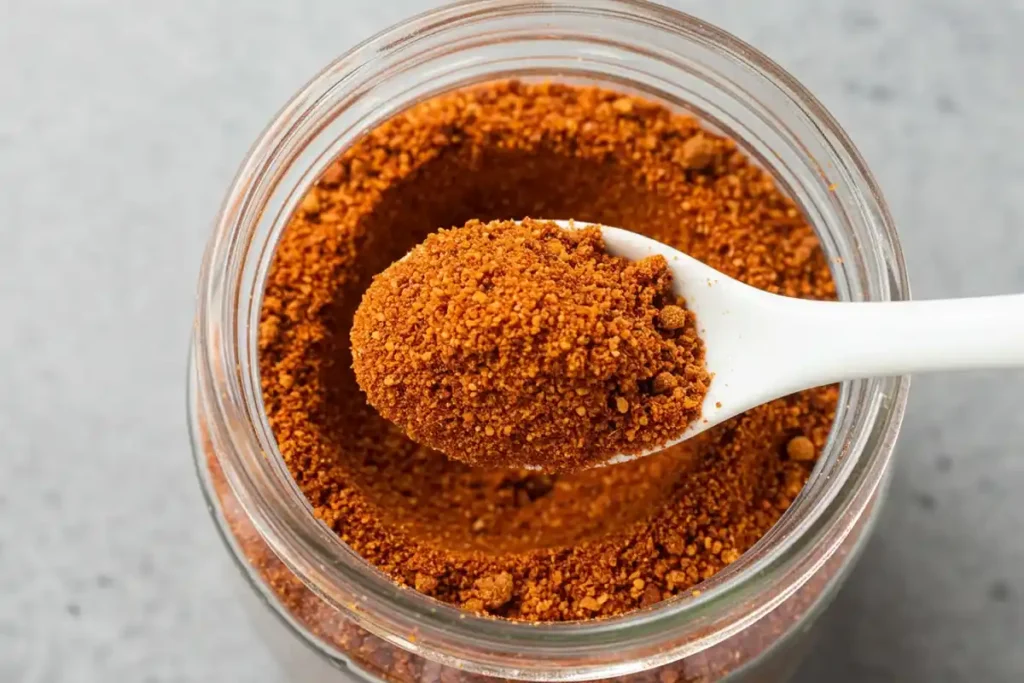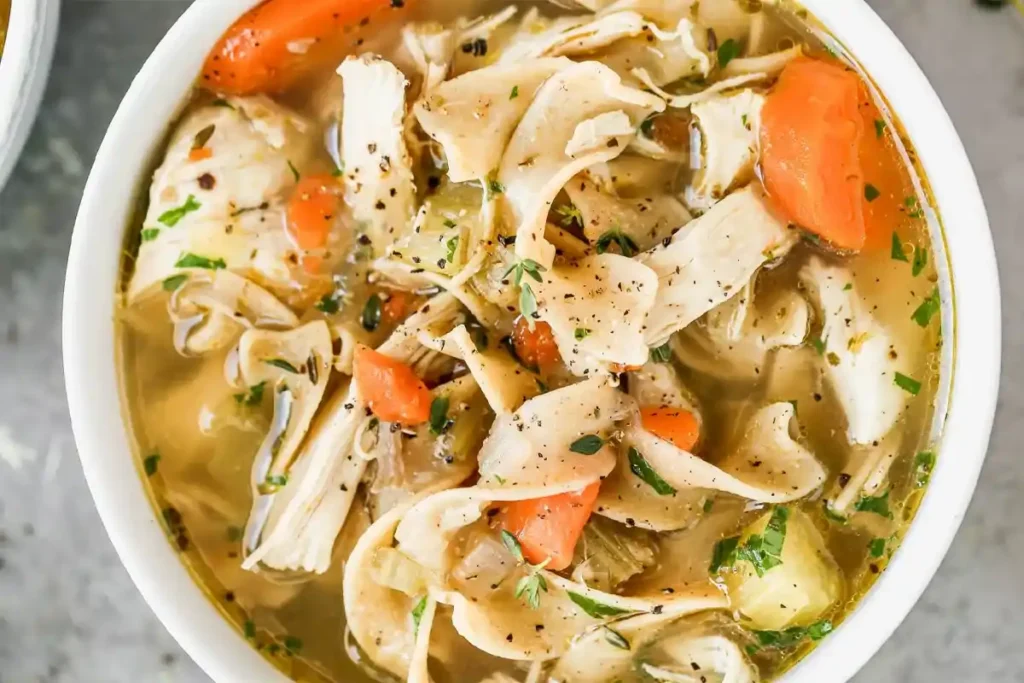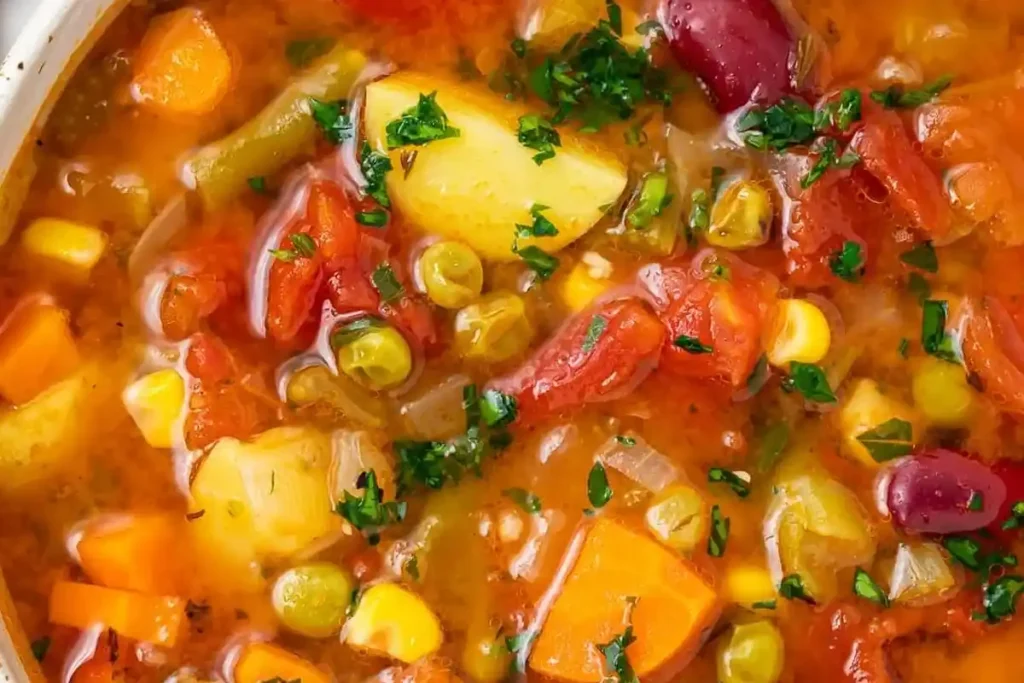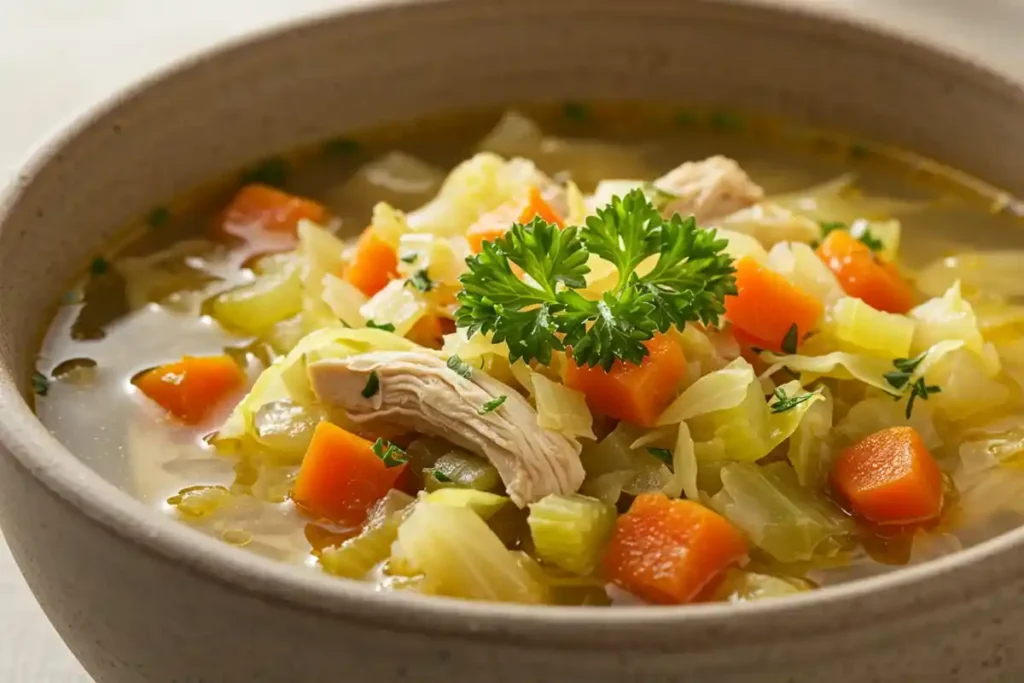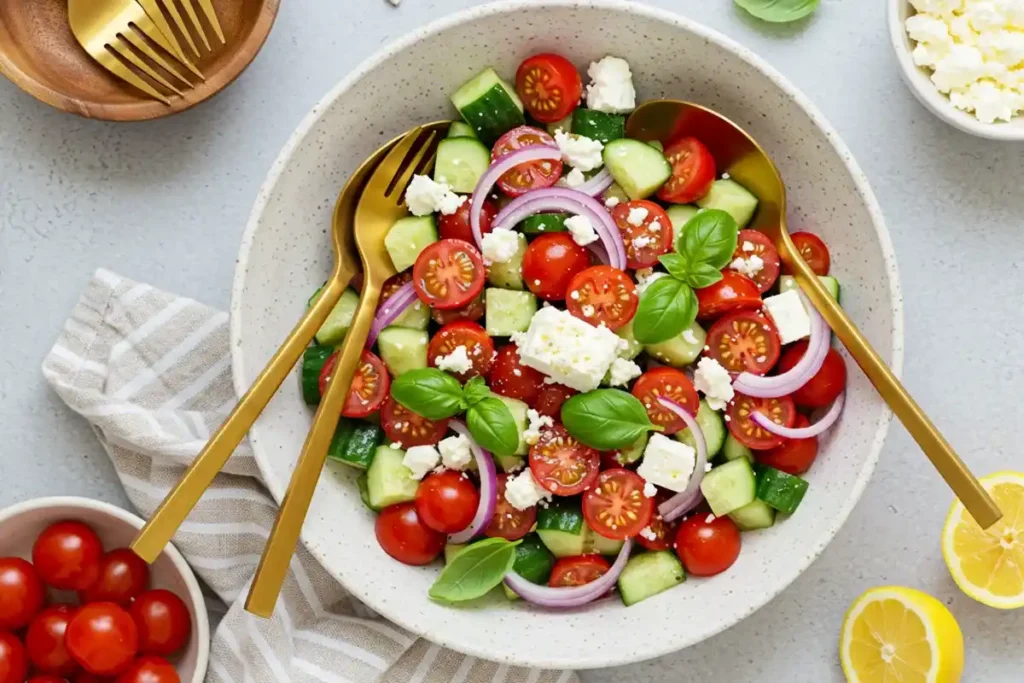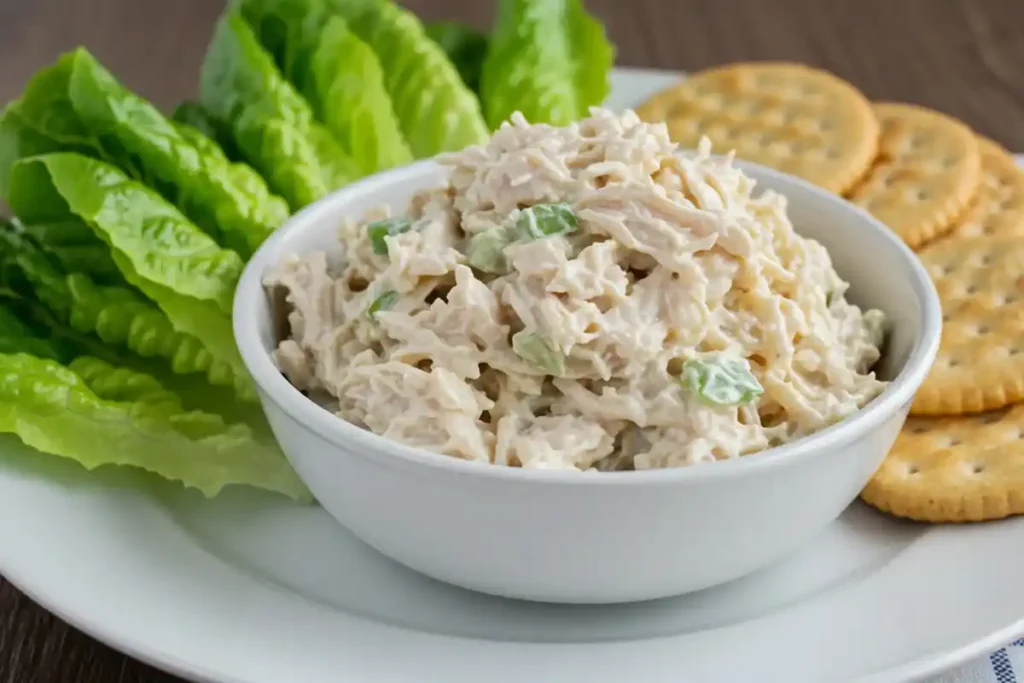Cooking turkey necks may not be on everyone’s radar, but those who know about this savory secret understand just how versatile and delicious these cuts can be. Whether you’re looking for a comforting Southern-style stew, a rich broth for gravy, or a Cajun-spiced meal, turkey necks deliver a rich flavor that’s hard to beat. In this article, we’ll cover everything from preparation tips to mouth-watering recipes for oven-roasted, smoked, and smothered turkey necks. By the end, you’ll be a turkey neck pro!
Let’s dive right into the details!
Part 1: Introduction to Turkey Neck Recipes
What are Turkey Necks?
Turkey necks are the long, bony portion of the bird connecting the body to the head. Though often overlooked, this humble cut is packed with juicy meat and collagen, making it ideal for slow-cooked comfort dishes and broths. The texture is rich and hearty, especially when cooked low and slow until the meat easily falls off the bone.
Why Cook Turkey Necks?
Turkey necks have earned their place as a culinary treasure in Southern and Cajun kitchens. Here’s why:
- Affordable and Flavorful: These cuts are budget-friendly and absorb seasonings beautifully, making them perfect for rich gravies and stews.
- Cultural Significance: Smothered turkey necks are a staple in Southern soul food and are often featured in Cajun gumbos or served alongside hearty vegetables like collard greens.
- Nutritious and Versatile: Turkey necks are high in protein, low in fat, and full of collagen, making them an excellent addition to homemade broths and soups.
In short, turkey necks are a delicious way to make the most of the whole bird. Whether you’re new to this cut or looking for new ways to cook it, this guide will inspire you to bring bold flavors to the table with simple, satisfying recipes.
Part 2: Essential Ingredients for Cooking Turkey Necks
Key Spices and Seasonings
For any turkey neck recipe to shine, you’ll need a strong foundation of seasonings. The classics include garlic powder, onion powder, and black pepper for an earthy flavor base. Add smoked paprika and cayenne if you want a subtle kick. Want even more depth? Throw in a bay leaf or two while the necks simmer.
Here’s a quick list of essential spices:
- Garlic powder: Brings an umami punch
- Paprika: For smoky, rich notes
- Fresh herbs: Thyme, oregano, and rosemary elevate the flavor
For an easy breakdown of spice blends, check out this guide for custom seasoning tips.
Choosing the Best Turkey Necks
To get the best results, always choose fresh turkey necks whenever possible. Look for meat with a reddish-pink hue and avoid any cuts that look too gray or dry. You can also use frozen necks, but be sure to thaw them completely in the fridge to keep them tender during cooking.
Pro Tip: Fresh necks absorb marinades better and yield juicier results!
Optional Add-ins
For a richer stew or smothered dish, throw in aromatic vegetables like onions, celery, and carrots. These veggies caramelize beautifully and help create a luscious gravy base. Some home cooks also toss in a splash of Worcestershire sauce for a tangy, savory depth.
Part 3: Classic Turkey Neck Recipe (Oven-Roasted)
Step 1: Preparation and Marination
Marination is the secret to tender, flavorful turkey necks. Combine olive oil, lemon juice, and your preferred seasoning mix in a bowl. Coat the turkey necks thoroughly, making sure every piece is covered. Let them marinate for at least 2 hours—or overnight for maximum flavor infusion.
Step 2: Searing Turkey Necks for Flavor
Before roasting, sear the marinated turkey necks in a hot skillet for 2–3 minutes on each side until golden brown. This step locks in the juices and caramelizes the exterior for a crispy, flavorful crust.
- Tip: Use a cast iron skillet for even heat distribution.
Step 3: Roasting to Perfection
Preheat your oven to 350°F (175°C). Arrange the seared turkey necks in a roasting pan and add a half-cup of broth or water to keep them moist. Cover the pan with foil and roast for 1.5 to 2 hours. About 20 minutes before they’re done, remove the foil to let the skin crisp up.
Serving Suggestions
Serve your oven-roasted turkey necks with hearty sides like cornbread, mashed potatoes, or braised greens. You can also shred the meat and add it to rice or stuffing for an extra burst of flavor.
To explore more side dish ideas that pair well, visit this savory sides guide for inspiration.
Part 4: Southern Smothered Turkey Necks
Step 1: Preparing the Gravy Base
The key to a great smothered turkey neck recipe is the rich, flavorful gravy. Start by heating some oil or butter in a heavy skillet over medium heat. Add diced onions, garlic, and celery, stirring until the vegetables soften and turn golden brown. Once the veggies are fragrant, sprinkle in a couple of tablespoons of flour to create a roux. Stir continuously until the flour is a light brown color.
To enhance the base, slowly whisk in chicken or turkey broth until the mixture thickens. Add Worcestershire sauce and a splash of hot sauce for a tangy, spicy kick. Don’t forget your seasonings—paprika, thyme, and black pepper make all the difference!
Step 2: Simmering for Tender Results
Once the gravy is ready, nestle your turkey necks into the pan, ensuring they’re fully coated. Lower the heat and cover the pan with a lid. Simmer for 1.5 to 2 hours, stirring occasionally. The low-and-slow method ensures the meat becomes fall-off-the-bone tender. If the gravy thickens too much, add a bit more broth to maintain the perfect consistency.
- Pro Tip: Smothered turkey necks taste even better the next day as the flavors meld together overnight!
Key Flavor Enhancements
To take this dish up a notch, consider adding sliced bell peppers or mushrooms for an extra layer of flavor. Smoked sausage slices can also add a bold, savory touch.
Serving Ideas
Serve smothered turkey necks over a bed of rice or creamy mashed potatoes, and pair with a side of Southern-style green beans or cornbread for the ultimate comfort meal.
For more comfort food inspiration, explore this recipe collection. It’s packed with hearty dishes perfect for cozy dinners!
Part 5: Cajun Smoked Turkey Neck Recipe
Step 1: Creating a Cajun Spice Rub
No Cajun turkey neck recipe is complete without a flavorful spice rub. Combine smoked paprika, cayenne pepper, garlic powder, onion powder, and dried oregano in a bowl. Add a bit of salt and cracked black pepper to balance the heat.
Pat your turkey necks dry with a paper towel before coating them with olive oil. Then, generously rub the spice mixture onto each neck, ensuring they’re fully covered.
Step 2: Smoking Process Overview
Preheat your smoker to 225°F (about 107°C) and add your preferred wood chips—pecan, hickory, or mesquite work well for this dish. Arrange the turkey necks on the grill grates and close the lid. Let them smoke for 2.5 to 3 hours, basting occasionally with a mix of broth and melted butter to keep them moist.
Serving Tips
Cajun-smoked turkey necks pair beautifully with dirty rice, collard greens, or cornbread. The smoky flavor also makes them a great addition to gumbo or stew.
If you’re craving more smoked dishes, check out this smoked salmon bites guide for a lighter, flavorful option.
Part 6: Instant Pot or Slow Cooker Turkey Neck Recipe
Benefits of Pressure Cooking Turkey Necks
If you’re short on time but still want tender, flavorful turkey necks, the Instant Pot or slow cooker is your best friend. Using a pressure cooker reduces the cooking time dramatically while locking in moisture and intensifying flavors. With just a press of a button, you’ll have soft, juicy meat that tastes like it’s been slow-cooked for hours.
The slow cooker, on the other hand, offers a set-it-and-forget-it convenience, making it perfect for busy days. Just toss in your ingredients, turn it on low, and let the magic happen.
Slow Cooker Turkey Neck Recipe Tips
- Step 1: Begin by seasoning your turkey necks with your favorite spice blend (paprika, garlic powder, and cayenne work great). If you have time, sear the necks in a pan for a few minutes to lock in flavor.
- Step 2: Add sliced onions, garlic cloves, and celery to the slow cooker. Place the turkey necks on top and pour in about 2 cups of chicken or turkey broth. This keeps the dish moist and flavorful.
- Step 3: Cook on low for 6-8 hours or on high for 3-4 hours until the meat is fall-off-the-bone tender.
For an Instant Pot: Pressure cook for 60 minutes on high, then let the pressure release naturally for 15 minutes before opening.
Best Liquids to Add
Broth and water are the most common, but if you want a tangy twist, try adding a splash of apple cider vinegar or Worcestershire sauce.
Serve these tender turkey necks over rice or with mashed potatoes, and don’t forget a drizzle of the rich cooking juices for an extra layer of flavor.
Part 7: Turkey Neck Broth and Gravy Recipe
Creating a Rich, Velvety Broth
One of the best uses for turkey necks is making a collagen-rich broth. Begin by adding your turkey necks to a pot with carrots, celery, onions, and a few garlic cloves. Pour in enough water to fully cover the ingredients. Add seasonings like bay leaves, thyme, and peppercorns.
Bring the pot to a boil, then lower the heat and simmer for 3-4 hours. You’ll know it’s ready when the necks are tender, and the liquid is golden and fragrant. Strain the broth to remove solids and store it in airtight containers for up to a week—or freeze it for later use.
Turning Broth into Gravy
Want to take your turkey neck recipe to the next level? Turn that flavorful broth into gravy!
- Step 1: In a pan, melt 2 tablespoons of butter and whisk in an equal amount of flour to form a roux.
- Step 2: Slowly pour in 2 cups of turkey broth while whisking continuously to avoid lumps.
- Step 3: Let it simmer for a few minutes until it thickens. Season with salt and pepper to taste.
This homemade gravy is perfect for drizzling over turkey necks, mashed potatoes, or even biscuits.
Part 8: Nutritional Benefits of Turkey Necks
High in Protein and Collagen
Turkey necks may not be as popular as drumsticks or thighs, but they pack a serious nutritional punch. Each serving is rich in lean protein—perfect for building and repairing muscles. In addition to protein, turkey necks are loaded with collagen, which supports healthy skin, hair, and joints. When slow-cooked, the collagen breaks down into gelatin, creating a broth that’s both delicious and beneficial for your body.
Collagen-rich foods like turkey necks can also help support digestion by strengthening the gut lining. For those who love making homemade bone broth, incorporating turkey necks is an affordable way to get the same benefits as pricier bones.
Low Waste, High Value Cut
Turkey necks are an often-overlooked cut, making them a budget-friendly option for family meals. They allow you to use more of the bird, reducing waste while adding bold flavors to soups, stews, and sauces. Because they’re so nutrient-dense, even a small portion adds a satisfying, savory element to any dish.
If you’re looking for another nutritious recipe idea, you can explore healthy soups in this soups and stews recipe guide.
Part 9: Serving Ideas and Leftover Uses
Creative Uses for Leftover Turkey Necks
If you’ve got leftovers from your turkey neck recipe, don’t let them go to waste! The meat can easily be shredded and added to other dishes. Here are a few creative ways to use up any extras:
- Gumbo and Stews: Add shredded turkey neck meat to gumbo or vegetable stew for a heartier meal.
- Tacos and Wraps: Mix the meat with your favorite spices and tuck it into soft tortillas for an easy lunch.
- Sandwiches: Use leftover meat for sliders or sandwich fillings—just add BBQ sauce or gravy!
Perfect Pairings
Turkey necks shine brightest when paired with flavorful sides. Serve them over creamy mashed potatoes or fluffy rice for a comforting meal. Cornbread, collard greens, and roasted vegetables also complement their rich, savory flavors.
If you’re looking for more comforting side dishes, check out this guide to perfect side pairings.
Part 10: Frequently Asked Questions
Can I Freeze Cooked Turkey Necks?
Yes, absolutely! If you’ve made a big batch of your favorite turkey neck recipe and want to save some for later, freezing is a great option. To freeze cooked turkey necks, let them cool completely first. Place the necks and any leftover gravy or broth into airtight containers or freezer bags. Remove as much air as possible to prevent freezer burn.
For the best results, use frozen turkey necks within 2-3 months. When you’re ready to enjoy them, thaw them in the fridge overnight and reheat gently on the stovetop or in the microwave.
How Long Do Turkey Necks Take to Cook?
The cooking time depends on your method. If you’re using an oven or stovetop, turkey necks generally take 1.5 to 2 hours to become tender. For slow cookers, plan for 6-8 hours on low or 3-4 hours on high. Pressure cooking in an Instant Pot cuts the time down to about 60 minutes.
No matter which method you choose, always check that the meat is tender and falls off the bone easily before serving.
What Are Some Alternative Seasoning Options?
While traditional Southern and Cajun flavors are popular for a turkey neck recipe, there are plenty of other options to explore:
- Asian-Inspired: Use soy sauce, ginger, garlic, and a splash of sesame oil for a savory twist.
- Mediterranean: Add lemon juice, oregano, and rosemary for a bright, herby profile.
- Spicy BBQ: Rub with smoked paprika, chili powder, and brown sugar for a smoky-sweet flavor.
Experimenting with different seasonings is a fun way to keep your turkey neck dishes exciting!
By answering these common questions, you’ll feel even more confident tackling any turkey neck dish. Whether you’re a beginner or a seasoned pro, mastering these recipes will take your cooking game to the next level. Ready to get started? Choose a recipe and make your next meal unforgettable!
